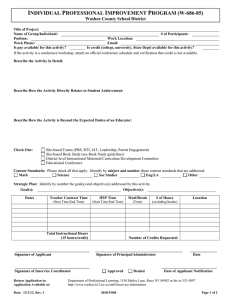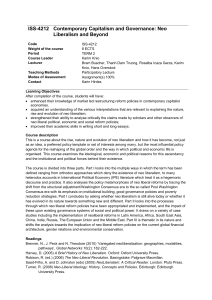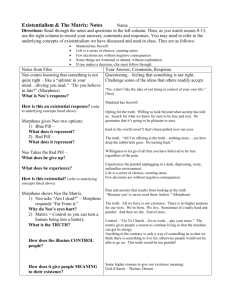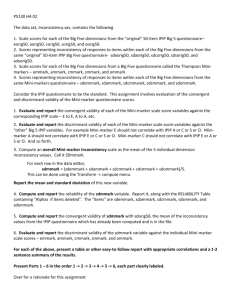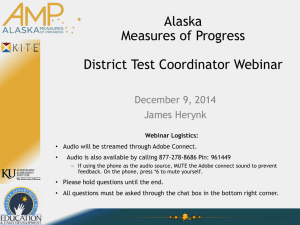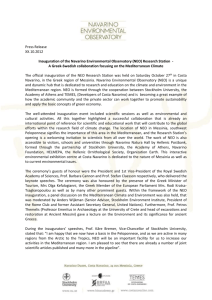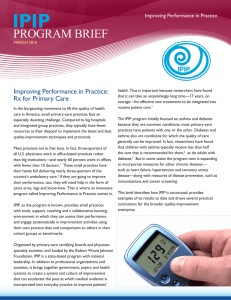P5510 (CFA of IPIP and NEO Questionnaires). For both parts in this
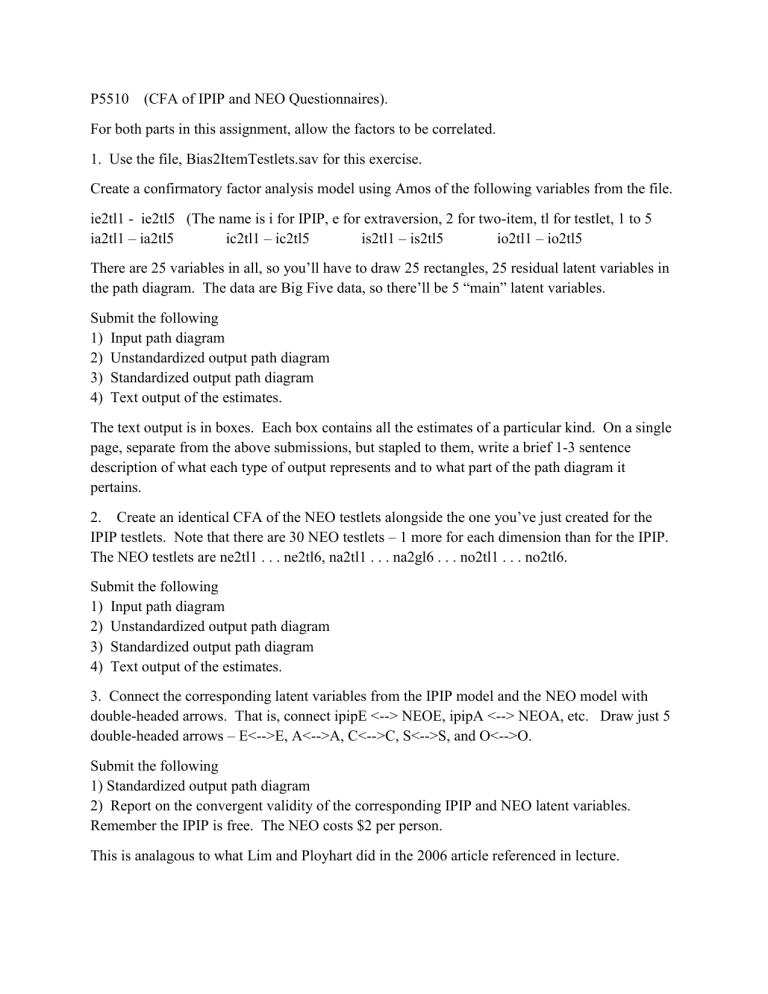
P5510 (CFA of IPIP and NEO Questionnaires).
For both parts in this assignment, allow the factors to be correlated.
1. Use the file, Bias2ItemTestlets.sav for this exercise.
Create a confirmatory factor analysis model using Amos of the following variables from the file. ie2tl1 - ie2tl5 (The name is i for IPIP, e for extraversion, 2 for two-item, tl for testlet, 1 to 5 ia2tl1 – ia2tl5 ic2tl1 – ic2tl5 is2tl1 – is2tl5 io2tl1 – io2tl5
There are 25 variables in all, so you’ll have to draw 25 rectangles, 25 residual latent variables in the path diagram. The data are Big Five data, so there’ll be 5 “main” latent variables.
Submit the following
1) Input path diagram
2) Unstandardized output path diagram
3) Standardized output path diagram
4) Text output of the estimates.
The text output is in boxes. Each box contains all the estimates of a particular kind. On a single page, separate from the above submissions, but stapled to them, write a brief 1-3 sentence description of what each type of output represents and to what part of the path diagram it pertains.
2. Create an identical CFA of the NEO testlets alongside the one you’ve just created for the
IPIP testlets. Note that there are 30 NEO testlets – 1 more for each dimension than for the IPIP.
The NEO testlets are ne2tl1 . . . ne2tl6, na2tl1 . . . na2gl6 . . . no2tl1 . . . no2tl6.
Submit the following
1) Input path diagram
2) Unstandardized output path diagram
3) Standardized output path diagram
4) Text output of the estimates.
3. Connect the corresponding latent variables from the IPIP model and the NEO model with double-headed arrows. That is, connect ipipE <--> NEOE, ipipA <--> NEOA, etc. Draw just 5 double-headed arrows – E<-->E, A<-->A, C<-->C, S<-->S, and O<-->O.
Submit the following
1) Standardized output path diagram
2) Report on the convergent validity of the corresponding IPIP and NEO latent variables.
Remember the IPIP is free. The NEO costs $2 per person.
This is analagous to what Lim and Ployhart did in the 2006 article referenced in lecture.
